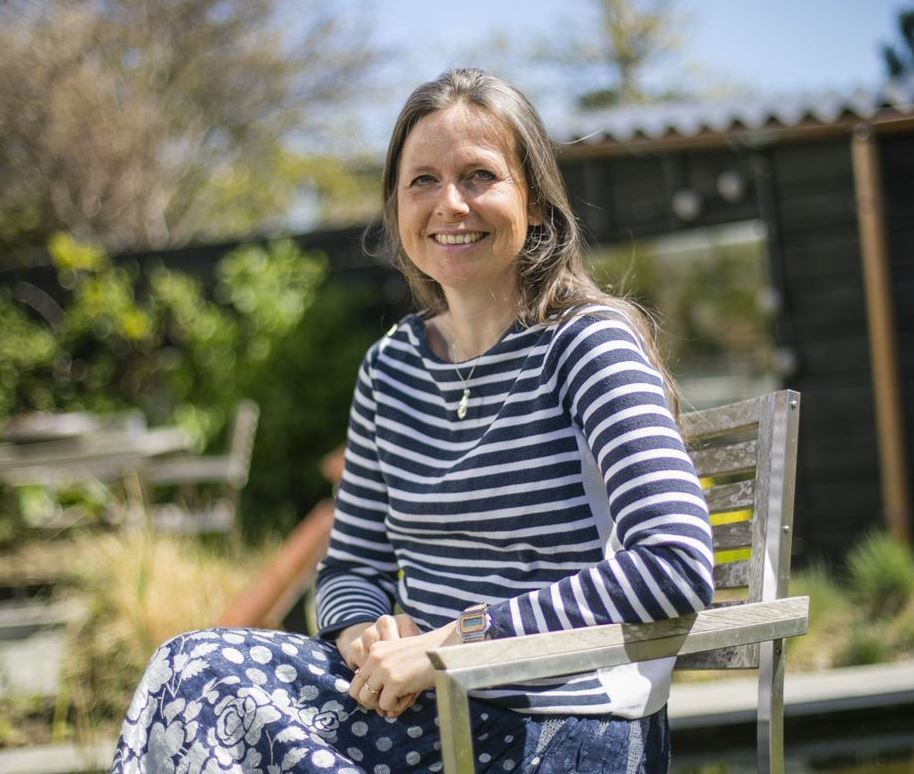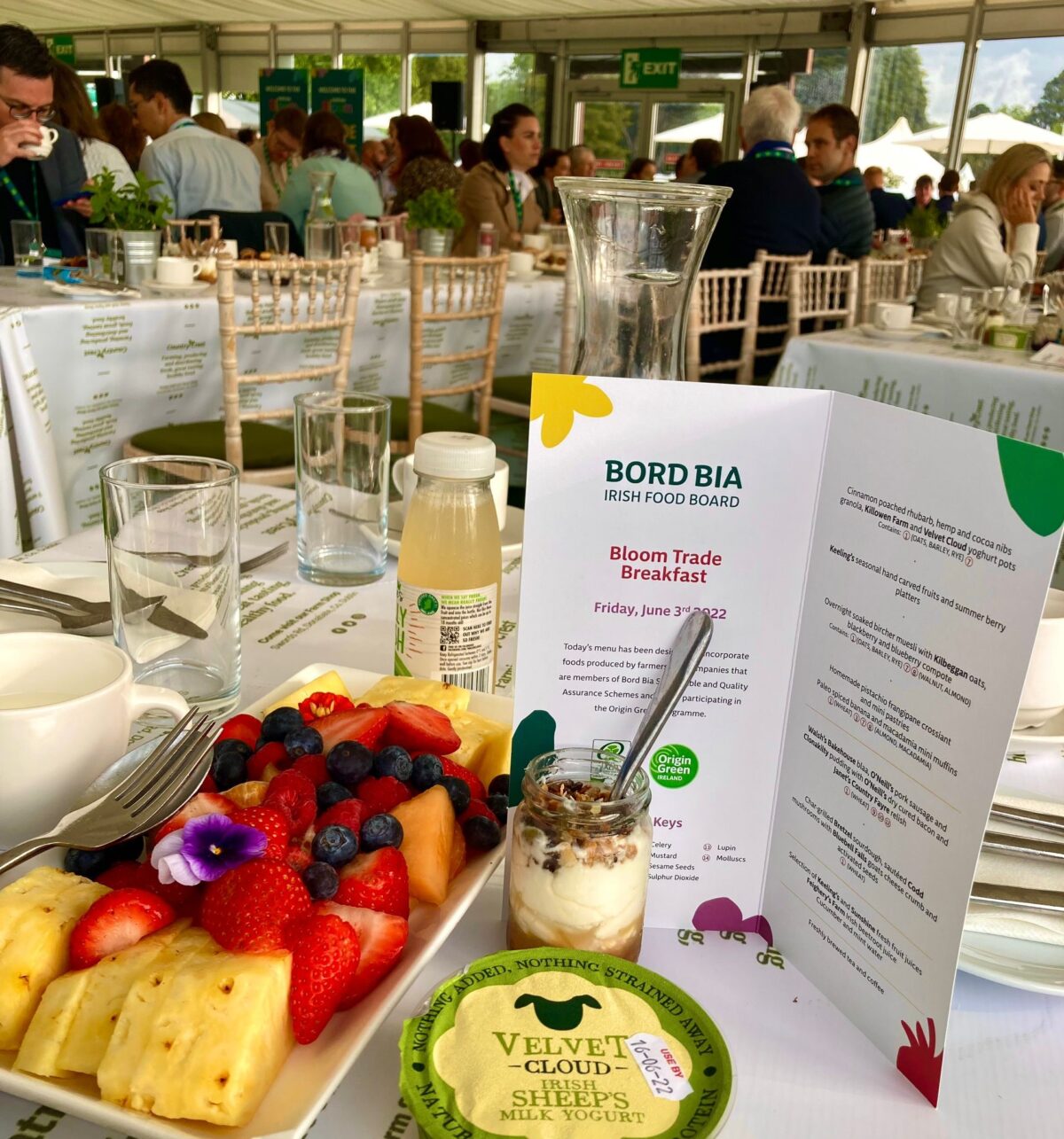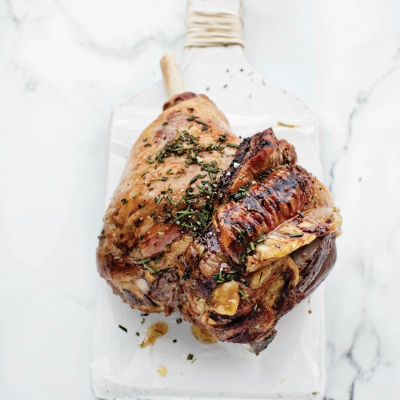

Love Nature? Create a Biodiverse Garden
There are many ways to support biodiversity in your garden, from simple measures like introducing an insect hotel or planting a wildflower lawn, to more detailed practices like forest gardening, which garden designer TÜNDE PERRY will show at Bord Bia Bloom this year. She explains how Aldi’s Sustainable For-rest Garden will incorporate a range of plants that benefit both humans and wildlife and details the steps you can take to do the same.
Tünde Perry’s show garden for Aldi Ireland is designed to imitate the structure of a young, natural woodland using the practice of forest gardening, one of the world’s oldest and most environmentally friendly horticultural practices. She has selected more than 90 specimens of plants which will work together in vertical layers throughout the garden, providing food and other benefits for humans, while also supporting wildlife and nourishing the environment.
Trees at the highest level will create shelter from the wind. These have been chosen for their many benefits: alders are nitrogen-fixing (plants which extract nitrogen from the air and convert it to a form that supports growth) while silver birch provide sap and horse chestnuts produce nuts that can be used to make washing up liquid.
Smaller fruit-producing trees like apple, pear and plum will provide food for both wildlife and humans as will shrubs, like hazelnuts, elders and different red, white and blackcurrants which will attract squirrels, bees, butterflies and ladybirds. The herbaceous plants will also bear fruit, while strawberries and edible ferns will provide groundcover and help retain water in the ground. Underground Tünde plans to feature fungi and bulbs such as wild garlic to sustain microorganisms.
Throughout the garden there will be plenty to encourage wildlife, says Tünde, including a wetland with aquatic plants to attract frogs, dragonflies and other insects, and three skeps (traditional Irish beehives) for bees. It will be a haven for birds, hedgehogs and even small mice. ‘They are welcome in a garden and you needn’t worry about them coming into the house as there is enough to feed them outdoors.’
Inspiration For Home
While the design of the show garden is ambitious, Tünde says there are plenty of ideas that visitors can take for their own outdoor space. ‘You don’t have to implement forest gardening in your whole garden, it could be as simple as taking one small corner and including a layered planting scheme to encourage biodiversity. See what you can afford to plant at the highest level, then work down from there. If trees are beyond your budget or available space, then start with large shrubs or herbaceous plants.’

Tünde’s design for this year’s Bloom is influenced by the age-old practice of forest gardening
What plants you choose depends on the soil, orientation and location of your garden but Tünde recommends asking for help if you are unsure. Staff in garden centres are a font of knowledge. ‘It is also worth looking at what is growing around your locality when you are out for a walk,’ she adds. ‘There are many plant identifier apps that can help. If you see mixed layers of planting in your area, scan the plants with the app and see what they are. This will help you find plants that will thrive in your location. You need to work with nature, not against it.’











